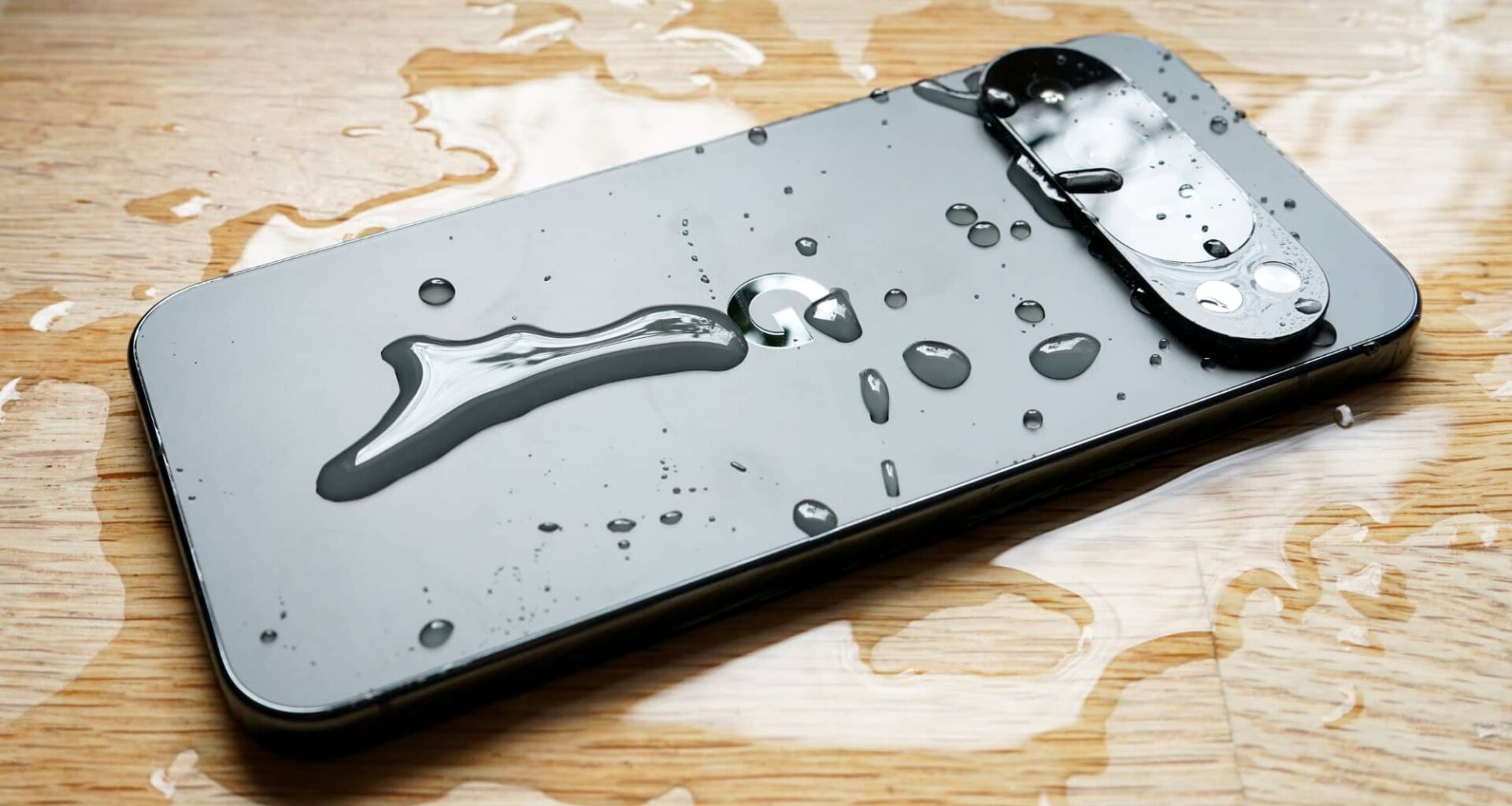Quick review
The good
The not-so-good
Several glances in, you probably won’t be able to tell the difference between 2024’s Pixel 9 Pro XL and 2025’s Pixel 10 Pro XL. But if you’re into AI, there may be something interesting. Maybe.
If you can believe it, we’re nearly at the end of 2025, and heading into the final stretch for phone releases. Apple is next with its regular three or four iPhones, but before then, it’s Google’s time to shine.
Yes, it’s Pixel time, though this year, you might struggle to work out what has changed.
Last year’s Pixel 9 Pro XL was so good, Google provided an excellent template to work from and deliver the next generation of its big flagship phone. Has it managed to deliver a better phone, or does the latest Pixel just fall short?

Design
Grab the phone and take a glance, and while the 10 Pro XL may be the 2025 contribution to the big premium Pixel entry, it actually looks a lot like 2024’s effort. That’s a bit of a trick by Google, as the maker of the Pixel retains the look of last year’s success while upgrading some of the hardware.
In this generation, you’ll find a polished aluminium frame to go with the matte glass back, a change that improves the durability slightly while keeping the look exactly the same.
Weighing 232 grams and measuring 8.5mm thick, the Pixel 10 Pro XL hasn’t changed dramatically from previous generations in this regard: the thickness is the same as its predecessor while the weight has actually put on 11 grams, now tipping the scales at 232g.
This is a pretty phone, though one that doesn’t stand up on its flat edges. While it may sport a flat frame like iPhone models, there seems to be just that little bit more weight and lack of balance, and so it doesn’t stand up by itself (we tried).
What it does do, however, is lie comfortable with no rocking or imbalance. You can thank the wide camera bar for that, with the phone resting nicely on a flat surface.

Features
Inside, the Pixel 10 Pro XL gets Google’s latest hardware, the Tensor G5 processor, as well as 16GB RAM and a new minimum storage amount: 256GB, as well as options for 512GB and 1TB.
Android 16 arrives on the phone out of the box with support for seven more OS upgrades, a difference of Android 14 on the previous generation.
Some things remain the same, however, such as the wireless connectivity which offers 802.11a/b/g/n/ac/ax/be WiFi 7, Bluetooth 6, Near-Field Communication (NFC) for Google Pay, GPS, ultra-wideband for locating gadgets, 5G (sub-6), and the USB-C port at the bottom of the phone.
The cameras may be familiar, too, with a 50 megapixel F1.68 wide camera, a 48 megapixel F1.7 ultra-wide, and a 48 megapixel 5x zoom set to F2.8, all on the back, offering support for 4K and 8K video. On the front, you’ll find a 42 megapixel F2.2 autofocus selfie camera, with all of this cameras just like the previous generation.
There are other aspects, such as IP68 water and dust resistance, wireless charging including support for Qi2 and Google’s own take known as “Pixelsnap”, spatial audio, stereo speakers, a fingerprint sensor built into the screen, and a bunch of AI features, too.
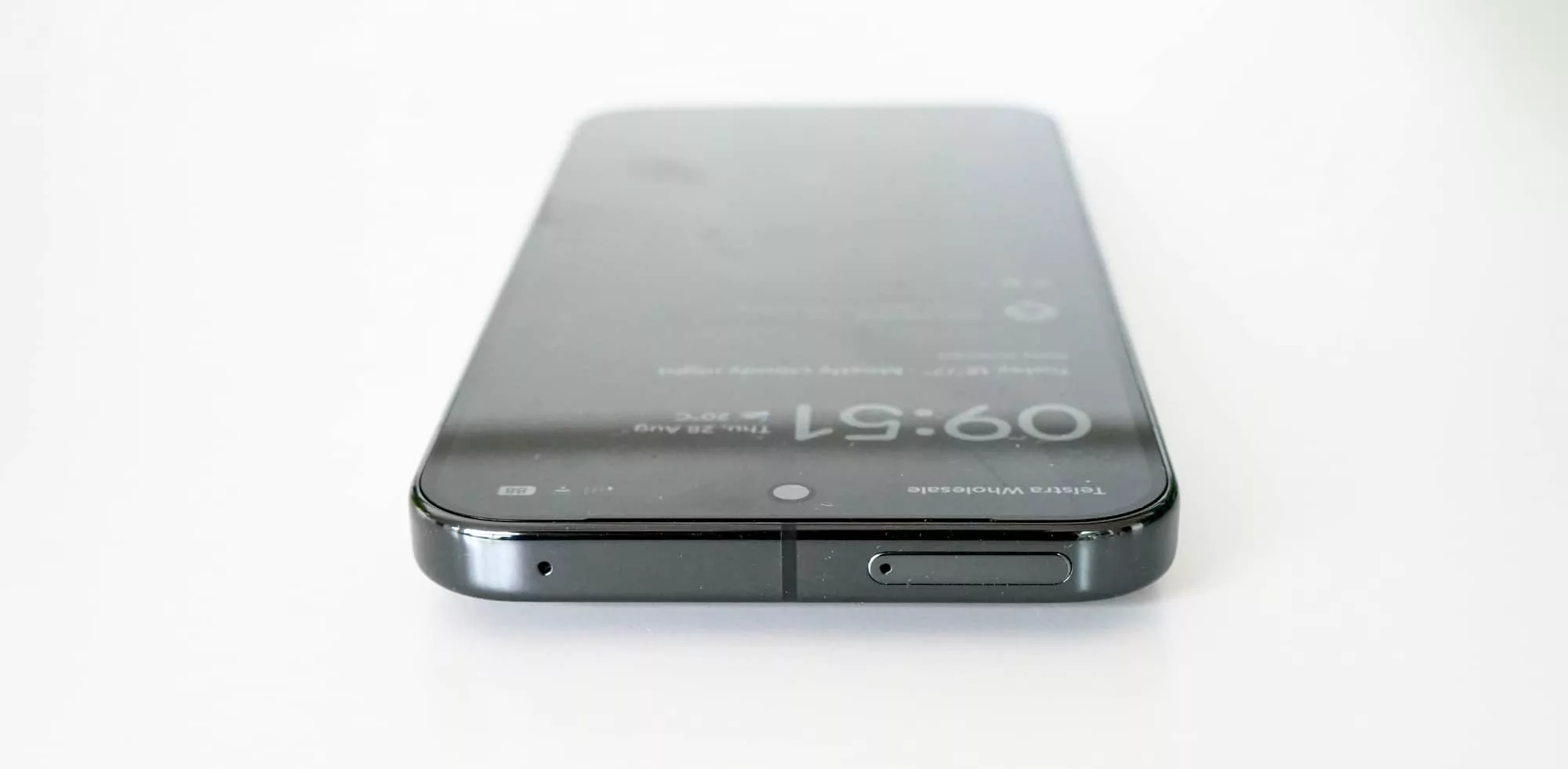
Display
One other big feature that hasn’t changed much is the screen. It sure looks the same upon first glance, but it is a little brighter.
As such, the 6.8 inch Google Super Actua OLED screen running 1344×2992 and a refresh rate ranging between 1 and 120Hz seems like the same as the one in the Pixel 9 Pro XL.
“Seems” is the operative word, however, with the new screen getting a little more brightness, offering up to 2200 nits of HDR brightness and ip to 3300nits peak brightness, compared to the 2000 and 3000 respectively of their predecessors.
Numbers aside, it means you get a marginally brighter variant of the same great screens. Really, there’s no reason to change this at all, so an upgrade on brightness is welcome.
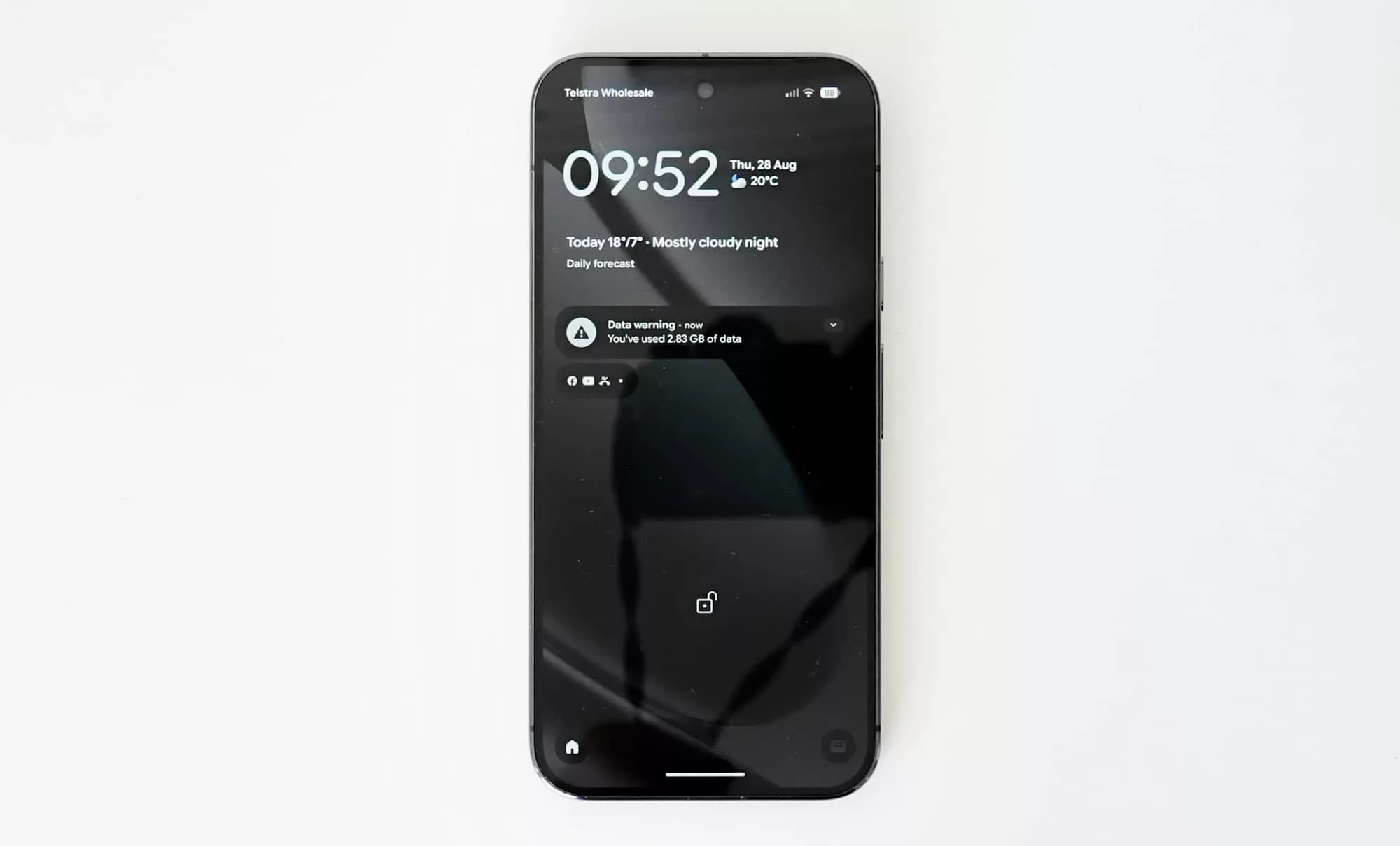
In-use
A new generation of Android may well be “new”, but the good news is nothing has really changed in how you’ll use the phone. Most of it stays the same, and that is admittedly a good thing.
You’ll have multiple home screens, a menu of apps, and Android the way people are used to, complete with the Google Discover feed on the left-most screen.
It’s all fairly straight forward, and there are two physical buttons on the right: a volume rocker and a power button. Logging in will see you use your face or fingerprint, both of which happen from the display, and there’s the always-on screen which can now show your background image just like the iPhone can, as well.
However, that’s not all.
AI features
It’s 2025, and that means one of the major reasons for buying a new phone likely revolves around two letters: AI.
Every phone comes with a degree of artificial intelligence, and it’s usually for something basic: improving (or worsening) text and generating wallpapers. It might even be used to analyse your calendar and give you a briefing of sorts every morning.
That’s the norm. That’s what AI is typically used for on your phone.
On the Google Pixel 10 Pro XL (and likely the rest of the Pixel 10 range), the AI does a few other things.
For instance, it can be used as a form of analysis on a built-in journal app, coming up with thoughts relating to your journal entries. And it can provide advice on how to improve your photos while you take them using a “Camera Coach”. It can even scan through your emails and calendar entries and messages and such, and offer contextual information relevant to what you’re talking about.
That’s the idea, anyway. In practice, virtually none of this works as advertised, and doesn’t appear remotely useful in its current form, needing more time in development and testing.
Take the journal concept. It’s been a while since this writer actively journalled, but the times he did journal using the Pixel 10 Pro XL’s app, it gave opinions that felt a little hamstrung and un-useful. The point was he didn’t need an opinion for a journal entry, especially one that missed some of the comedy attempted to impart in the writing.
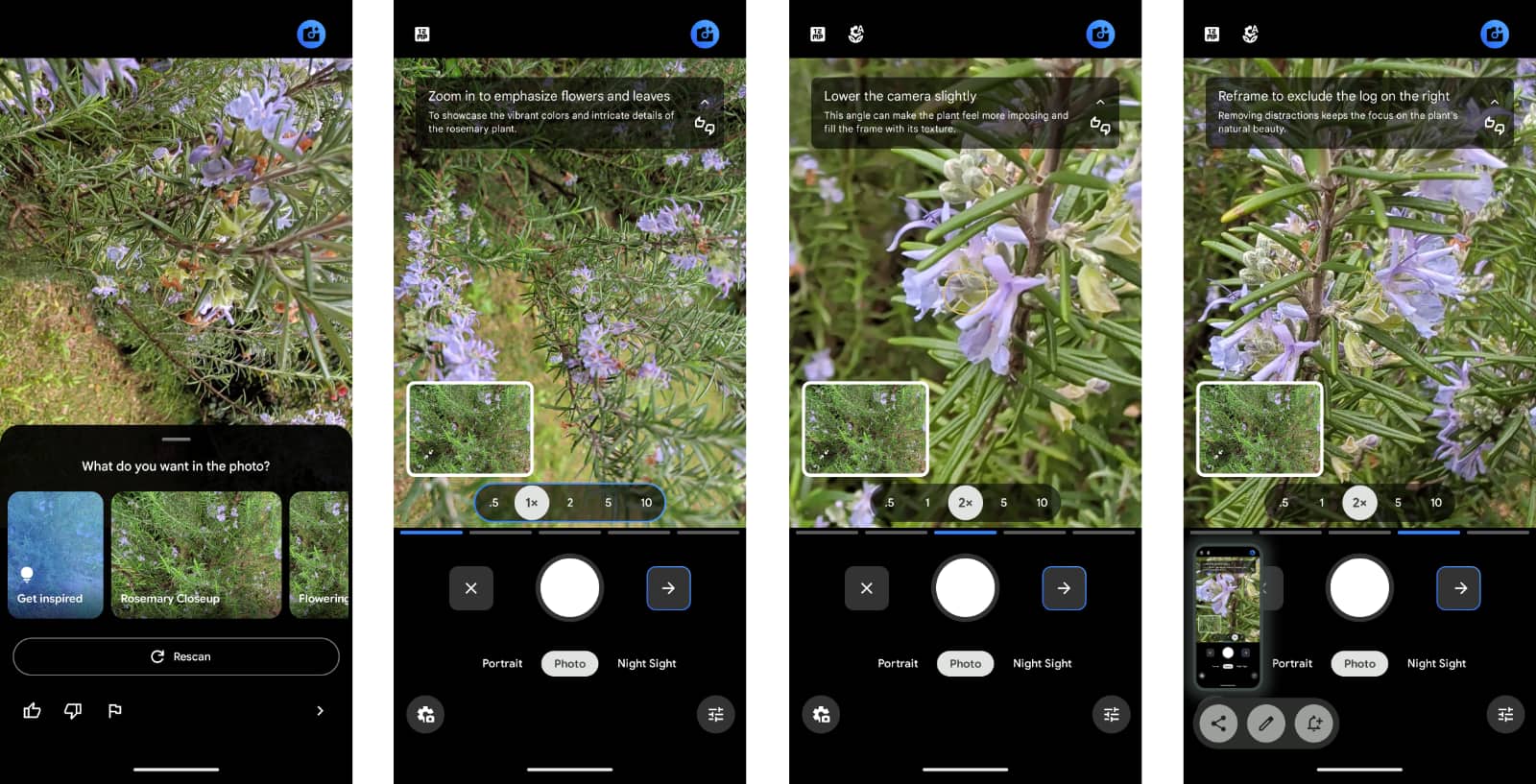
Then there’s Camera Coach, a camera assistant that seems to only work in portrait mode, and offers tips that come so slowly, you’ll probably miss the moment you were trying to capture in the first place.
Camera Coach uses visual analysis to work out what you’re trying to take photos of, and then peppers your camera interface with blue lines around the steps that it’s trying to get you to do. Zoom in, change your angle, snap the shot. The idea is interesting, but by the time you’ve jumped through these hoops, you’ll probably have missed very reason or thing you got the camera out for to begin with.
And then there’s the biggest failure of them all: Magic Cue. The idea here is bold: your phone’s contextually relevant information when you need it without needing to search for it. Imagine having your phone tell you important information when you needed it simply by working it out from what you were doing.
Clever, right? The problem is it almost never works.
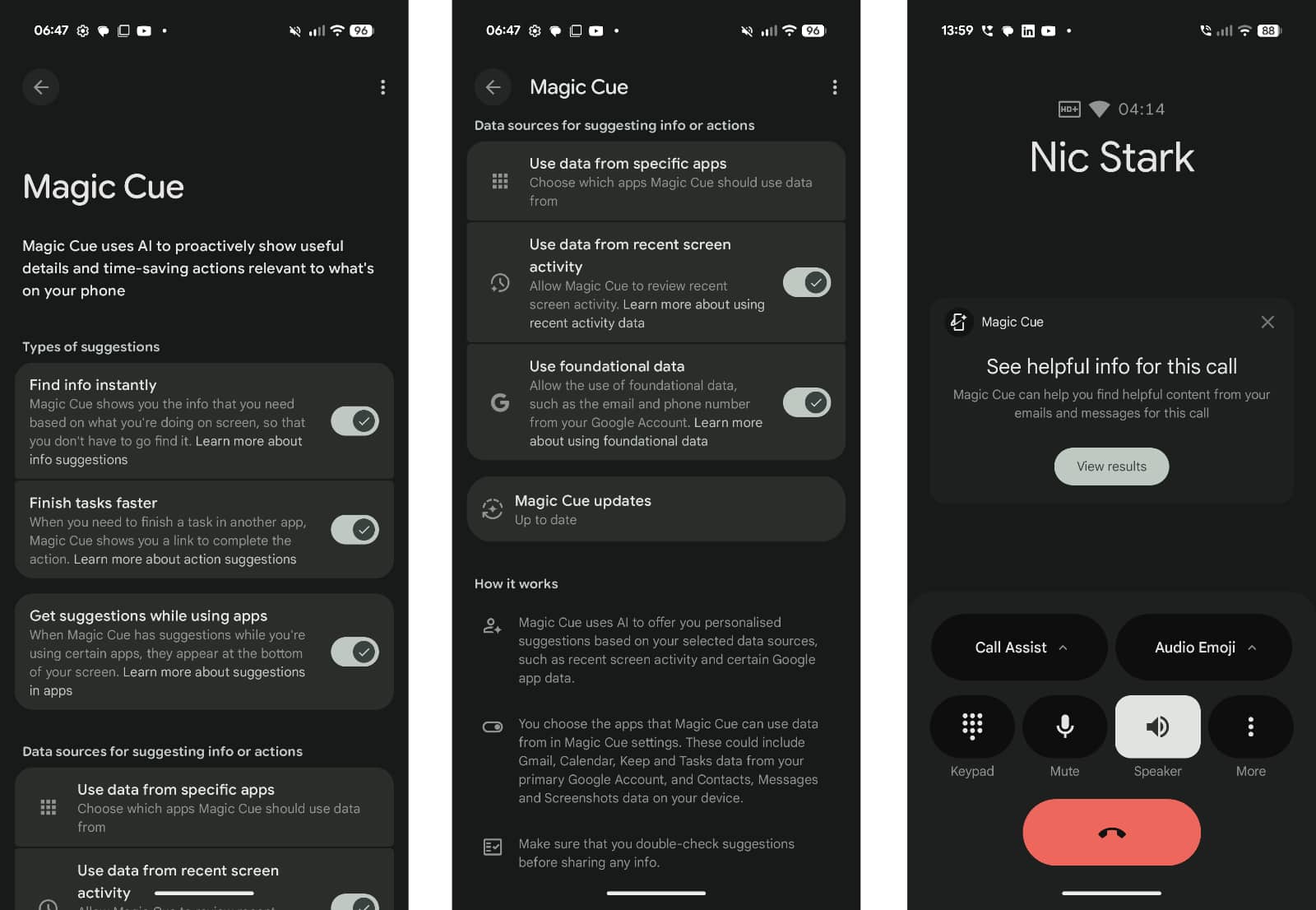
The Magic Cue system can take up to 24 hours to absorb the information, and even when it has, the information it provides is loosely connected at best.
Calls to the partner consistently brought up one specific email, even though it had nothing to do with the conversation. Meanwhile, attempts to have Magic Cue bring up calendar information and other emails found in Gmail accounts (both Gmail and Gsuite) failed spectacularly.
In our time reviewing the Pixel 10 Pro XL, Magic Cue never worked the way it was supposed to. It just doesn’t feel finished, and still needs time back at Google HQ to be better or, you know, work.
Performance
Regardless of whether you use the AI features or not, you will be using Google’s chip inside the phone: the Tensor G5.
The very latest piece of hardware from Google’s own chip-designing expertise, you can bet this is what powers some of the latest servers, and what is at the heart of the Pixel 10 range, all four of them.
Interestingly, it does not bench well. Google didn’t make that easy — every benchmarking app was unavailable for download through the Google Play Store before launch, something Google typically does with all the Pixel launches — making sideloading the only way to properly bench using our regular test.
Indeed, when we did load our regular mobile benchmark system of choice (Geekbench), the results were a touch confusing: one step forward and one step back, almost as if the Tensor G5 was doing a little dance.
In short, the Pixel 10 Pro XL is faster on CPU scores than the previous Pixels, but also slower on graphics, a result that doesn’t bode well in regards to games.
This could be a hiccup, and it might be that neither the benchmarking app nor the phone have been optimised to each other in the way some phones may have been. However, the result is this: the Pixel 10 is technically fast, but according to our benchmarks, lets things down in regards to graphics and games.
Compared against the rest of the major phones this year, that’s a problem, with the Pixel 10 Pro XL lagging behind nearly everything.
It’s pretty clear from the benchmarks Google doesn’t quite have the lead, though you’d probably never know it.
Tested over the space of almost a week, we found the Pixel 10 Pro XL’s combination of memory and processor never really let up, the phone hardly worried about lag or slowdowns. The benchmarks may say one thing, but the performance says another, and this phone delivers.
Over in the world of 5G, it’s much the same. You won’t find a mmWave Pixel 10 Pro XL, it seems, but the sub-6 5G access we found from Telstra via Mate in Sydney achieved speed as high as 790Mbps in our tests.
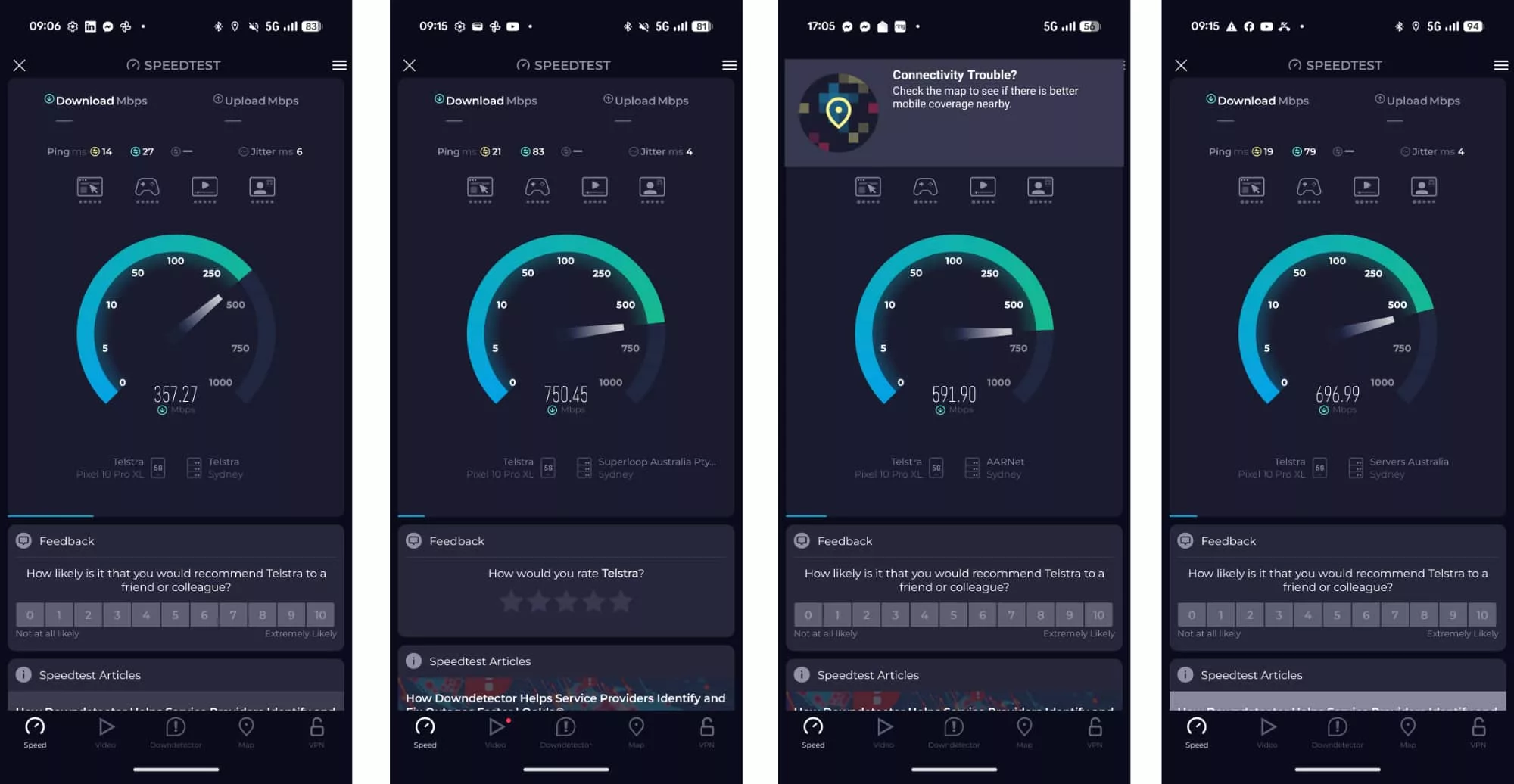
Camera
One area that doesn’t appear to have changed is the camera. It’s technically the same, though the physical size is slightly different, and the image processor may have improved a little.
We noticed the size when comparing the Pixel 9 Pro XL to the 10, where not only was the frame thinner on the new model, but the LED flash was a touch bigger as was the temperature sensor on the back. Essentially, the camera may be mostly the same between 9 Pro XL and 10 Pro XL, but there’s a little bit of difference.
Not that you’d necessarily realise in images.

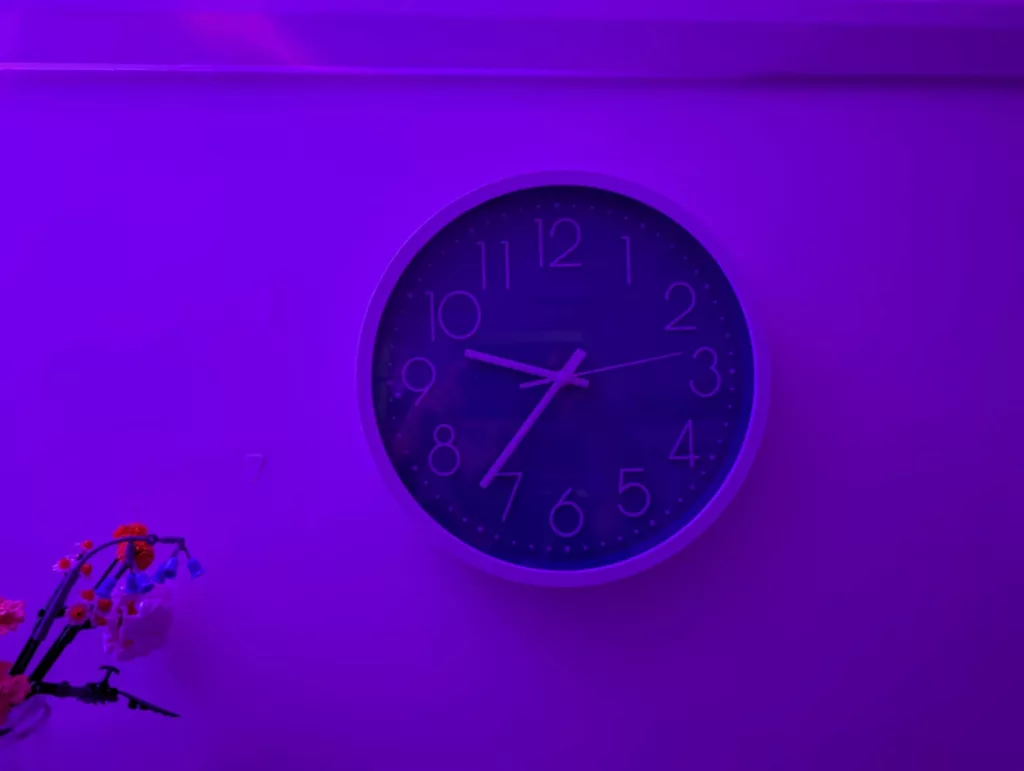



Pictures shot on the 10 Pro XL are typically sharp and clear, offering plenty of focal range between the 0.5X of the ultra-wide, the 1X of the main camera, the 2X crop, and the 5X optical zoom of the telephoto. Anything you get between is a mixture of clever cropping and algorithmic tricks by Google, and anything beyond is more of the same, but zooming in.
Daylight images look great, and low light is solid, too. Portrait images are, of course, one of the Pixel’s big focuses, and these look great and process more quickly.
What used to take a few seconds was practically instant in the Pixel 10 Pro XL. Even macro images delivered some wins, though on the whole the iPhone might be deliver better close-up shots.
Sufficed to say you won’t be disappointed by what the camera offers on the Pixel 10 Pro XL. It’s a lovely camera, though it’s not any faster to fire the photos. You may even find it takes a half or quarter second longer than you’d like.
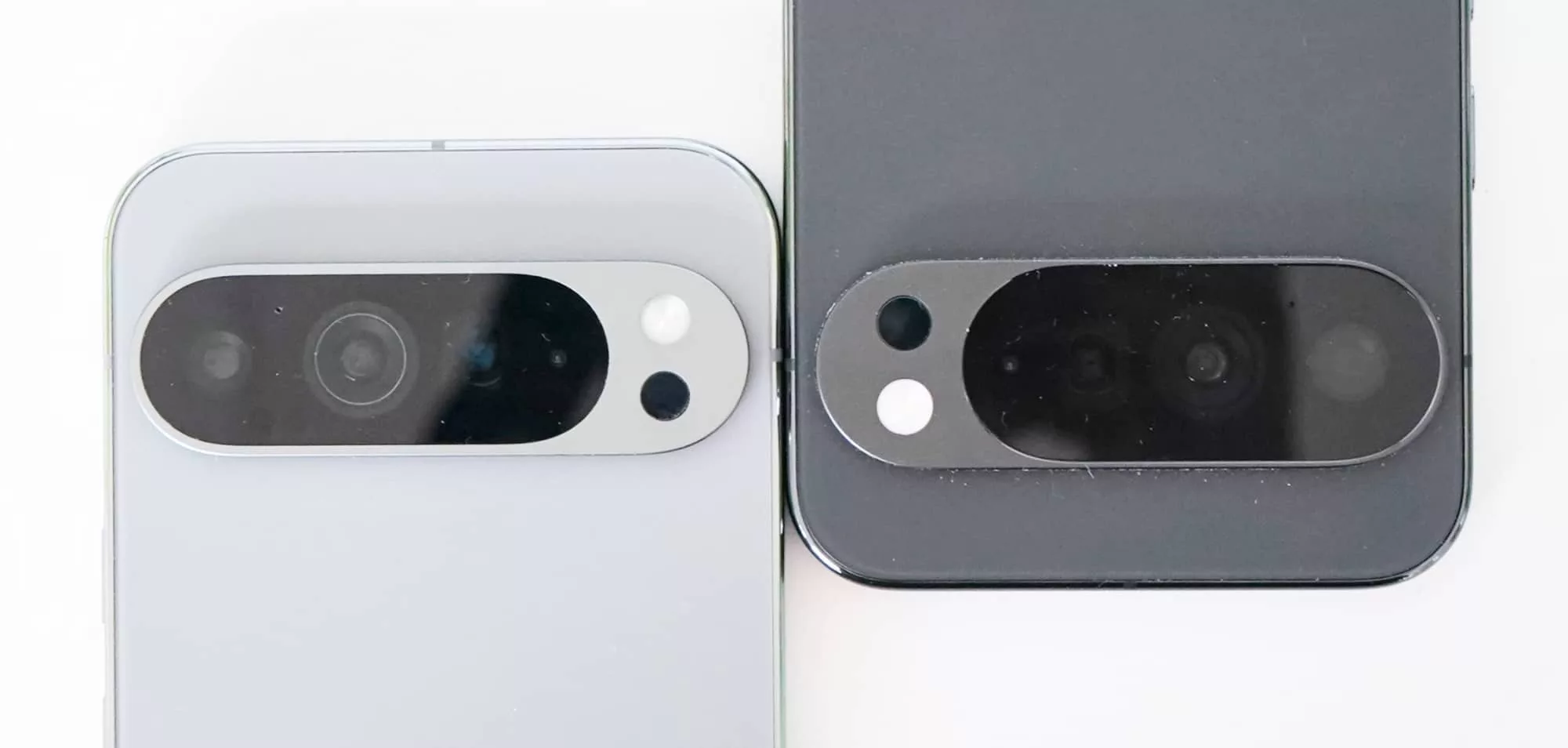
Battery
Alongside a camera that hasn’t changed much is a battery that also largely stays the same. You get a little more in the tank, but it doesn’t really translate to any real net gains, at least not any useful ones.
The battery in the 10 Pro XL is rated for 5200mAh of power, up from the 5060mAh in the 9 Pro XL. Even though there’s a good 140mAh more of battery in the new model, the result is actually the same.
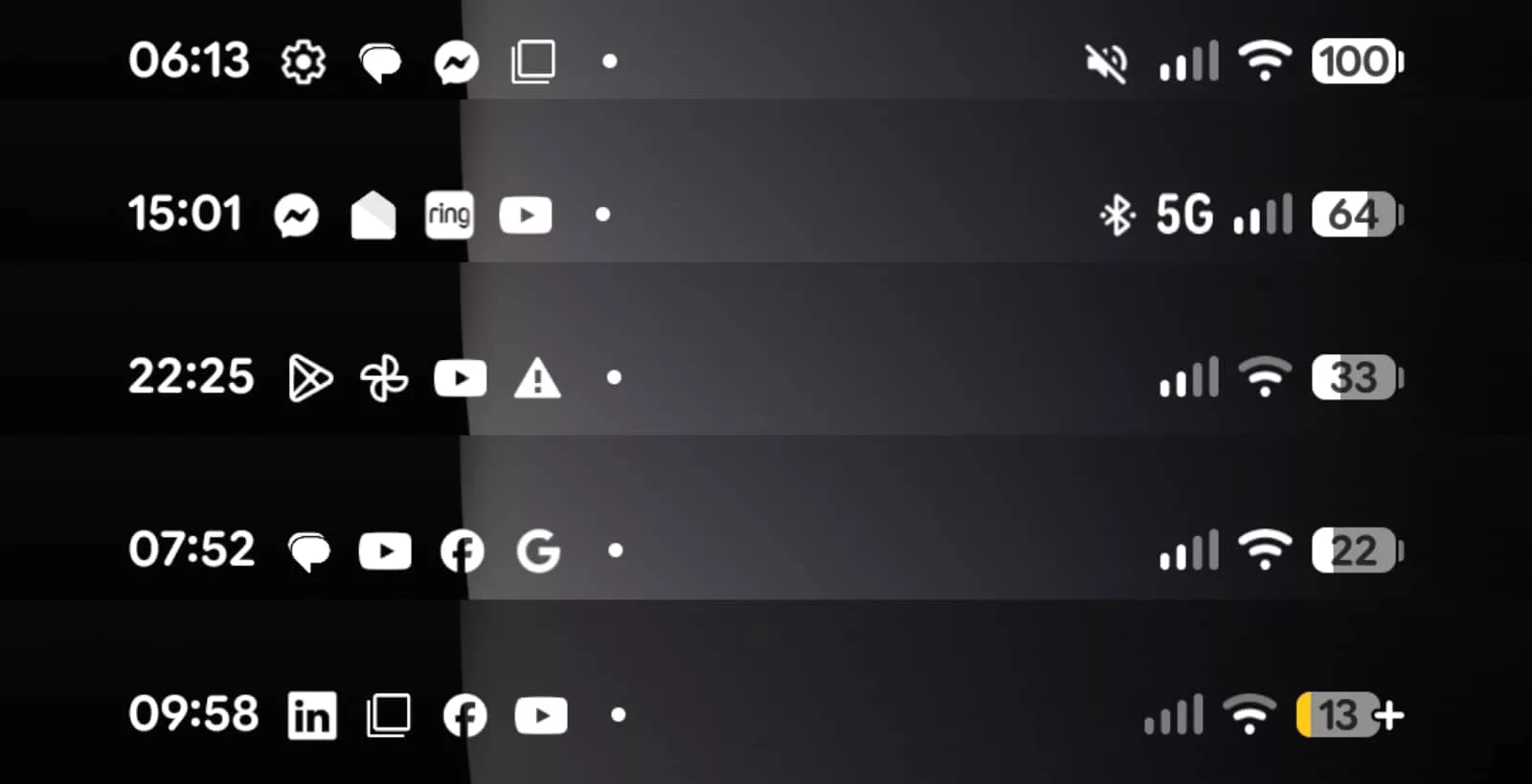
Testing the Pixel 10 Pro XL over the course of several days, we found a nightly charge is needed just like the previous generation, with the phone maxing out at roughly 5 hours of screen time in regular use.
You will likely want to charge every night with this phone, though at least you can do that with a little more flair: the Pixel 10 Pro XL is the first Android we’ve seen to support Qi2 25W.
For most people, that translates to MagSafe for Android. Simply mount the Pixel 10 Pro XL to a Qi2 25W charger, like the models Belkin announced recently, and the phone will charge up, held in place with magnets. Handy.
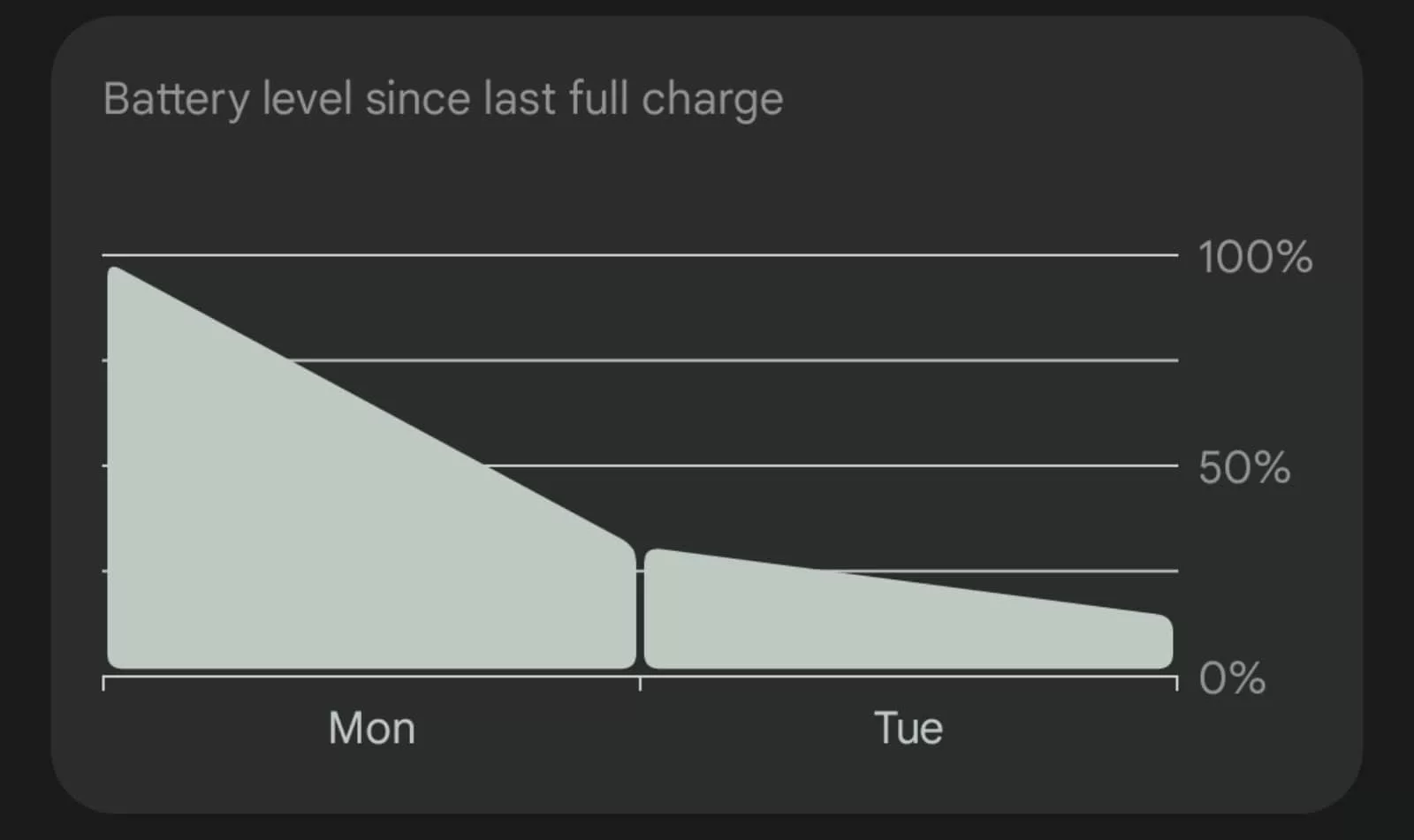
Value
The price is getting a little higher, though, now priced from $1999, up from the $1849 of the Pixel 9 Pro XL before it.
A slightly higher cost isn’t surprising — everything is going up in price lately, so why not phones, too? — but it’s still annoying all the same.
Arguing for value is a little difficult, though, because the the Pixel 10 Pro XL doesn’t seem like anything has really changed. If anything, it only matches the argument of “value” because so many other phones are just as expensive.
However, Samsung’s Galaxy S25 Ultra is priced near it, and yet feels like the Samsung flagship achieves better value, simply because you get a stylus and a slightly different bit of hardware. The Pixel 10 Pro XL just feels like more of the same, which leads to a rather ho-hum device overall.
The experience is fine — you won’t dislike owning this phone — but it could be better. In previous years, it certainly has been.
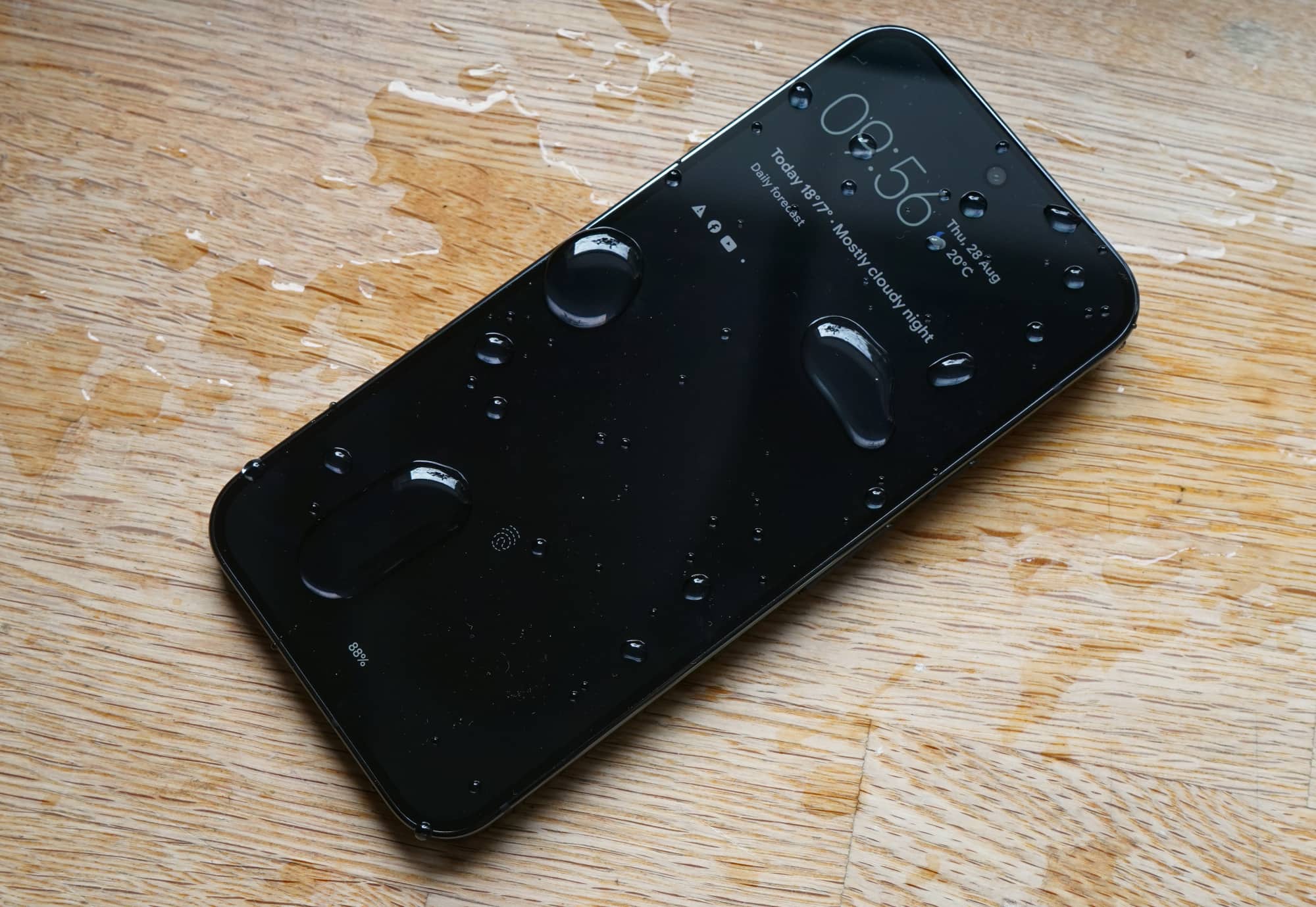
What needs work?
Perhaps the biggest problem with the Pixel 10 Pro XL is just how boring a phone it is. Like so many other mobiles lately, the updates are minor and hardly worth a look in.
With so little in the way of hardware changes, and virtually nothing for design, you’re basically looking at last year’s phone with some software improvements and a better wireless charging system.
There’s no reason to upgrade either a Pixel 9-range device, or even one of the Pixel 8 Pro models before it. Even 7 Pro owners might struggle to find a whole lot of new worth being excited over.
And not because it’s bad, but just because it’s predictably boring. Most of the “excitement” is for an AI feature set that doesn’t work reliably, and may not even be used.

What we love
Yet despite the lack of any real difference between this year and last, what we love is that the Pixel 10 Pro XL sticks with everything that did work.
The design is great, even if it is a little heavier. The camera is exceptional, even if nothing has really changed. The hardware feels top of its class (mostly), even if the benchmarks disagree.
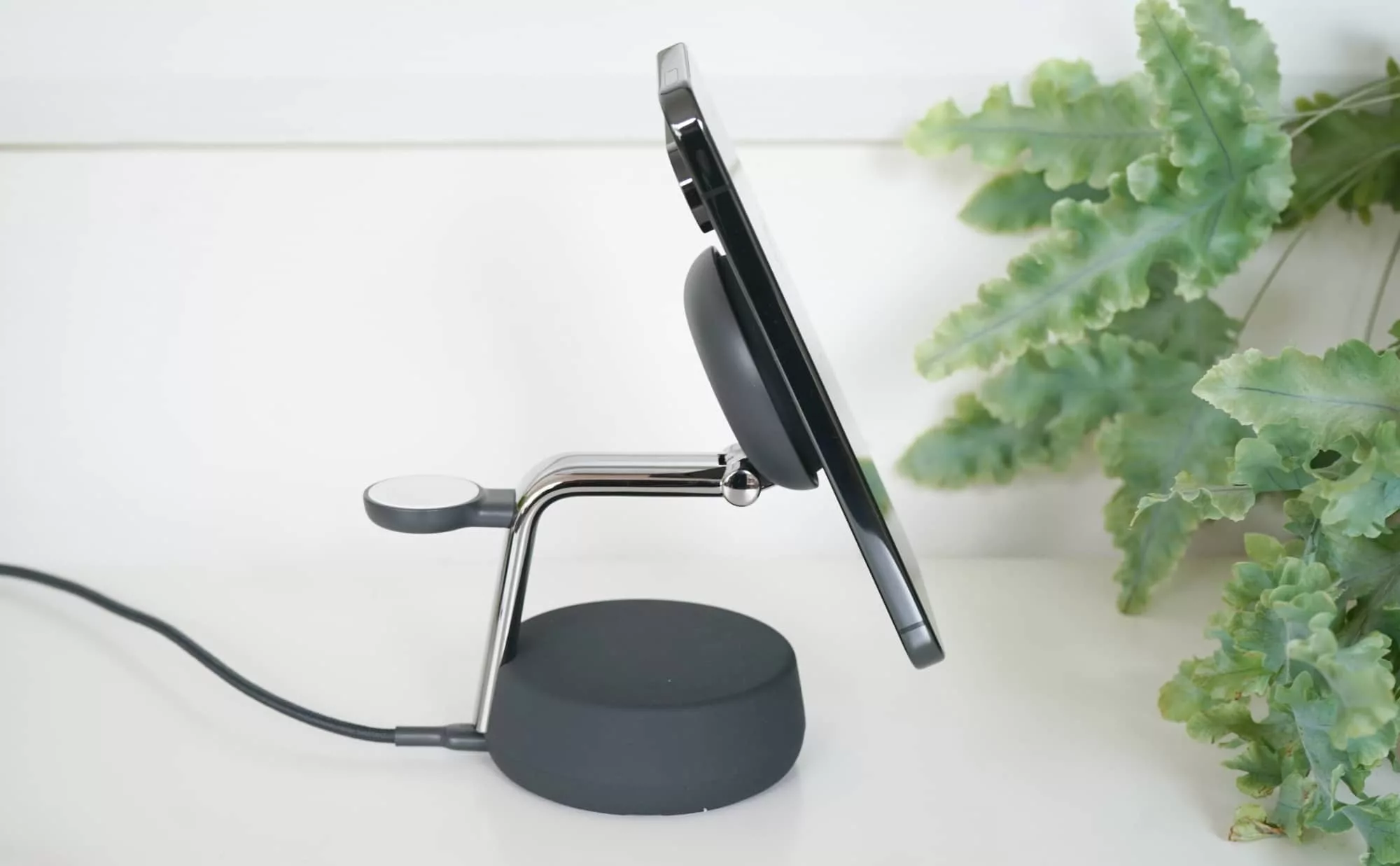
And the attempts at delivering functional versions of AI you might actually want to use, while they’re not working as well as they should (or as well as Google intends), this is a phone attempting to use AI in ways to be useful. It’s not entirely there yet, but the attempt and thought both are.
But ultimately, what we love about the Pixel 10 Pro XL is that it’s just a great phone. Boring, but great.
Sure, it doesn’t feel like a totally new phone — Google certainly didn’t reinvent the wheel with this one — but that doesn’t change that the Pixel 10 Pro XL is a great phone. It is.
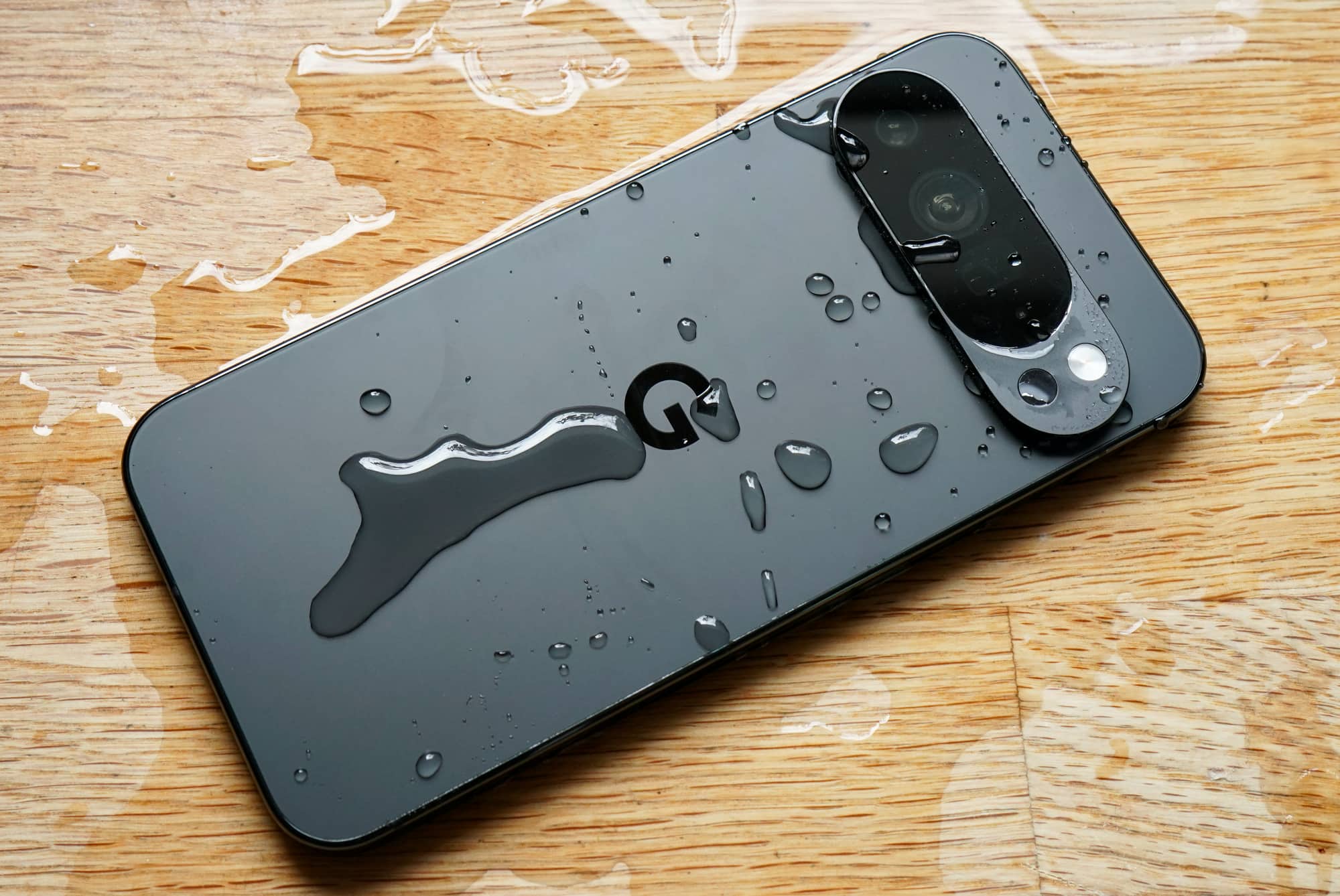
Final thoughts (TLDR)
This has been a surprising review, and one that still finds this writer in a bit of a weird place. While it’s clear that the Pixel 10 Pro XL is Google’s best phone, it’s also one that feels lacklustre compared to previous generations.
It’s a fine phone. The Pixel 10 Pro XL fits the bill as Google’s next great phone. But it’s boring. It’s not bad, just boring. It essentially amounts to last year’s phone with a few tweaks and new software, making the Pixel 10 Pro XL a rather complicated phone to consider.
If you’re buying a new phone and want the best Google has to offer, the Pixel 10 Pro XL is worth considering. And if you love the ideas of Google’s AI concepts, they will likely (maybe) get better with time.
But we can’t shake the vibe that the Pixel 10 Pro XL needs to be better. The phone just needs something beyond AI features that need more time in the shop.
It’s a totally fine phone. Fine but boring. We just expect it to be better overall.


